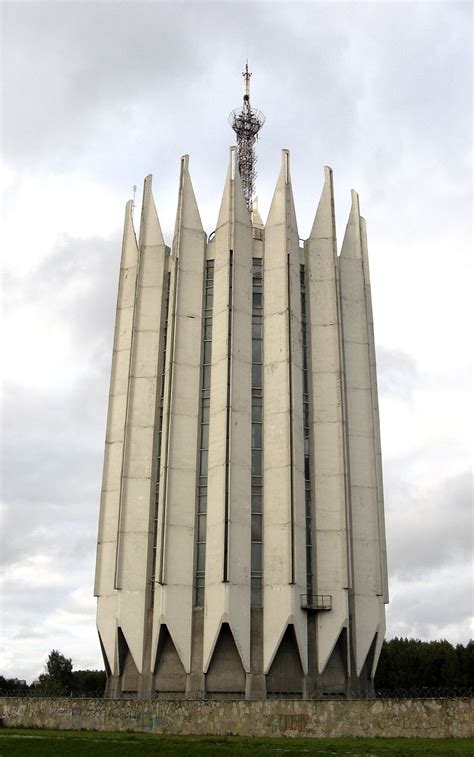Brutalist architecture, often characterized by its raw, unrefined use of concrete and geometric forms, stirs a wide range of emotions and opinions, particularly when applied to structures as culturally and spiritually significant as churches. The style’s emphasis on mass and material evokes a sense of starkness and functionality that can be both awe-inspiring and starkly austere. This divisive nature is especially pronounced in religious buildings, where the aesthetic can profoundly affect the spiritual ambiance and congregational engagement.
Discussions about brutalist churches often center on their architectural merit and the feelings they evoke. For some, these structures resonate with a sense of honesty and integrity in their design, laying bare the materials and forms without the adornment typical of more traditional religious edifices. Others perceive the same buildings as oppressive or dystopian, likening them to concrete fortresses rather than sanctuaries of worship and community. The stark, formidable aesthetic of brutalist churches can be seen as a reflection of theological austerity or stark spirituality, aiming to strip away the superfluous and focus on the essence of faith.
The use of concrete as a primary material in brutalist architecture brings a unique set of acoustic challenges and possibilities. In some cases, the acoustics within these vast, hard-surfaced interiors can enhance a church choir’s hymns, creating an enveloping sound that complements the solemnity of the services. In others, the echo and reverb can detract, making it difficult to achieve the auditory clarity desirable during worship. The acoustic properties of brutalist churches are as much a topic of practical consideration as aesthetic debate.
The cultural and psychological impact of brutalist churches extends beyond their congregations. For architects and critics, these buildings present an opportunity to explore the boundaries of sacred architecture and the role of beauty in spiritual spaces. For lay observers and the broader public, they can serve as stark reminders of modernity’s reach into even the most traditional and historically rich domains. The tension between innovation and reverence in brutalist churches encapsulates broader debates about the role of architecture in reflecting and shaping societal values and religious experiences.
Amidst the polarized views, brutalist churches undeniably contribute to the architectural diversity that enriches our built environment. Whether seen as masterpieces or monstrosities, these edifices challenge our perceptions of what sacred spaces should be, inviting both controversy and contemplation. The discussion surrounding brutalist churches is a testament to the enduring power of architecture to provoke thought, evoke emotion, and influence culture, making them a fascinating subject in both architectural and sociological discourse.


Leave a Reply